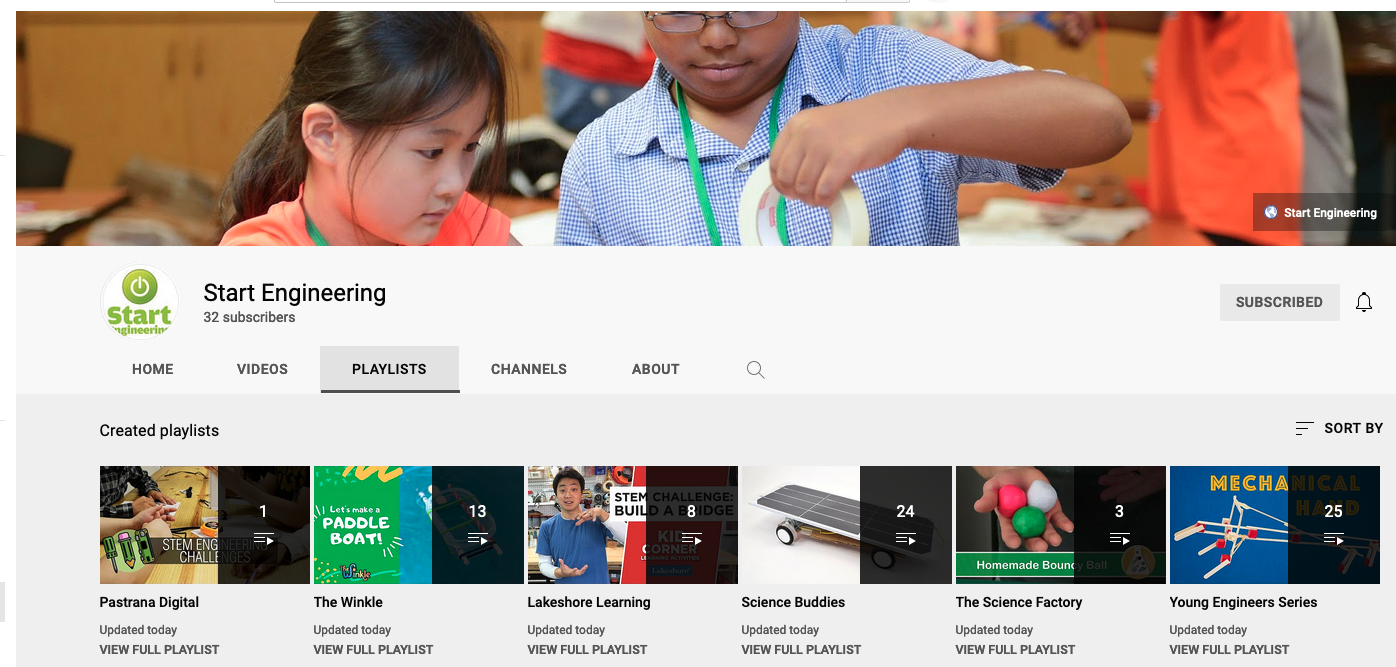Eric Iversen
A rock-star engineer
Mark Rober might be the most visible mechanical engineer in America. He’s got views on YouTube exceeding 2.5 billion, appearances on multiple TV news and entertainment shows, and a video launching it all showing him with a gaping hole in his torso. Or at least, a Halloween costume that makes it seem like he has a gaping hole in his torso.
It’s the squirrels, people
In our house, though, he is most famous for his squirrel maze videos. In the first video, a rogue’s gallery of squirrels puzzle their way through an eight-part obstacle course in Rober’s California backyard. Rick, Marty, Frank, and Phat Gus all show themselves as athletic, persistent, clever, and competitive as you would expect a bunch of squirrel dudes to be (dudes, that is, except for Phat Gus, who turns out to be pregnant rather than “fat” and also, thus, not really a Gus). Squirrel Maze 2.0 continues to beguile and endear in all the same ways that 1.0 does, even after repeated viewings.
Outreach impact
These videos, and the dozens of others on Rober’s YouTube channel, all showcase how an engineering background (NASA, JPL, Apple) plus a winning presence on camera can add up to an inspiring, entertaining, and educational message about the various and cool things an engineer can end up doing. The videos also serve to funnel viewers to Rober’s “Creative Engineering” course, offered through the Monthly online learning platform.
The idea that young viewers, enthralled post-video with Rober’s antic adventures, would click right through to an online learning option takes no imagination at all. But the courses are really geared to older audiences, costing non-trivial amounts of money and demanding a significant commitment of time.
Where to find next steps
What would serve better as follow-up to one of the most effective online engineering outreach vehicles imaginable are more age-appropriate, but-still-engaging engineering learning activities ready to share with elementary- and middle-school audiences. Which, as it turns out, is exactly what appears below.
A set of K-12 engineering Playlists
All the items below, save one, consist of collections of engineering-related videos on YouTube for elementary- and middle-school aged kids. They come from established organizations, in some cases serving to advertise other learning services, like subscription services or online learning. But the resources identified here are free to access, and the activities they represent require only the most basic, accessible household or classroom supplies. You can find all the videos collected on the Playlists section of the Start Engineering YouTube Channel.
The Young Engineers series offered at STEM Inventions features well produced, accessible videos, hosted by the genial Lance, who lays out activities with step-by-step clarity. The focus is more on doing the activities than applying, meta-cognitively, the terminology and processes associated with “engineering.”
At The Science Factory, Mr. Brian addresses “engineering” education more explicitly, framing video content with explicitly denominated topics and themes related to engineering as an enterprise. Occasional asides, in fact, directly reference how topics under discussion show up in real-world engineering applications. Just a few of the larger collection address engineering topics, though.
Science Buddies presents engineering activities in a separate playlist, easy to access and scan for relevance to ongoing classroom activities or for use as stand-alone programming. Among the topics explicitly addressed is the engineering design process, unique among the offerings here. As well, design-and-build tasks include a rubber band paddle boat, solar skateboard, and all the Fluor Engineering challenges back to 2015.
Lakeshore Learning is an online learning business, with interest in attracting kids to their for-pay programs via the free videos offered online. But the videos are substantive, self-contained learning activities, and the online host, Kirk, has an engaging, appealing manner. The eight videos available are many fewer than other providers in the list, but they are of high quality and relatable to kids.
The Winkle offers a monthly STEM activity box subscription. But the videos accompanying the box-based activities are plentiful, and the activities themselves easily done with basic supplies readily found at home or in the classroom. And the videos are hosted by Allyson, along with a rotating cast of kids who seem to range between 3rd or 4th grade and maybe 8th grade at the oldest. Agreeable on-screen company, in all cases, and the camera work is especially helpful for guidance through the activites.
The last option, from Pastrana Digital, is just a single video, and it skews a bit older. But the teacher who made the video does a great job connecting the engineering design process to candid footage of students in his classroom working through three challenges. The tasks involve using nothing more than paper, tape, and scissors to build a variety of weight-bearing structures. They are easily reproduced and calibrated to students anywhere from late elementary school into early high school.
And, finally
Send us word of anything else we could add to the collection. And if you have any comments on the options we have identified here, please share. You might also have colleagues or friends interested in these kinds of things, so don’t be shy about sending around far and wide.



